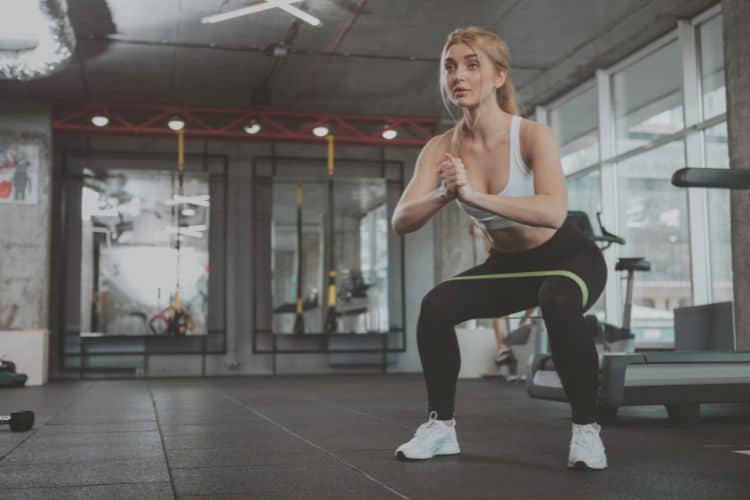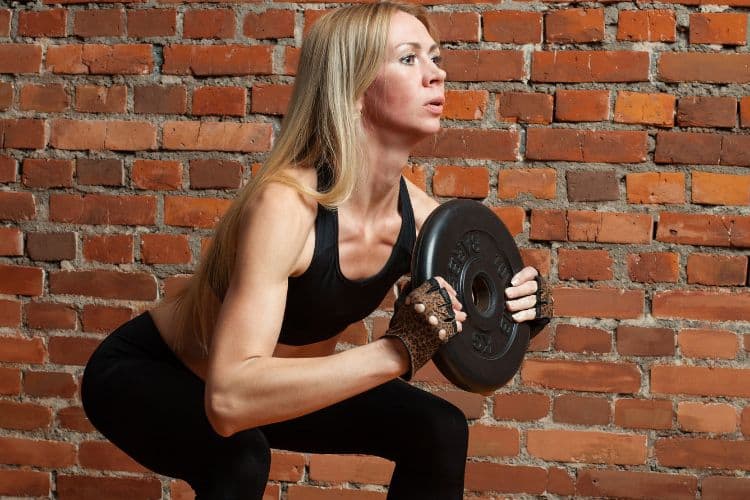Sign up for workout ideas, training advice, reviews of the latest gear and more.






Navigating the complex world of nutrition can sometimes feel like decoding a secret language. However, understanding your daily caloric intake is the foundational step for those looking to maintain, lose, or gain weight. For women, this knowledge is especially critical, given the various phases and changes our bodies go through from puberty to menopause and beyond. This guide is designed to simplify the process of how to calculate your daily Calories Intake especially for women.
Before diving into the “how,” let’s briefly discuss the “why.” Calories are essentially units of energy that our bodies extract from the foods we consume. Every function, from breathing to running, requires energy. By determining our daily caloric needs, we can align our food intake with our body’s requirements. Overeating can lead to weight gain, while undereating can cause weight loss and other health issues.
Your BMR represents the number of calories your body needs to maintain its current weight while at rest. Several factors influence BMR, such as age, weight, height, and gender. Here’s the Harris-Benedict equation for women:
After calculating your BMR, the next step is to consider your activity level. This will give you your Total Daily Energy Expenditure (TDEE).
Once you’ve determined your TDEE, decide on your objective:
While knowing your caloric needs is crucial, it’s also essential to recognize that not all calories are created equal. 500 calories from pastries are not nutritionally equivalent to 500 calories from lean protein and vegetables. Focus on whole foods, rich in nutrients, to keep your body fueled and satisfied.
As you progress, your weight and activity levels might change, and so will your caloric requirements. It’s wise to recheck your TDEE every few months or after significant weight changes to ensure you’re still on track.
Several apps and websites can make the task of calculating and tracking your caloric intake much simpler. Tools like MyFitnessPal, LoseIt!, and Cronometer can be invaluable allies on your journey.
While numbers provide an excellent guideline, it’s equally important to listen to your body’s cues. Some days, you might feel hungrier due to increased physical activity or hormonal fluctuations, and that’s okay. Prioritize nourishment over strict adherence to numbers.
Women’s bodies undergo several hormonal changes during their lifetime, including menstrual cycles, pregnancy, breastfeeding, and menopause. These phases can affect appetite, metabolism, and overall caloric needs. Be patient and kind to yourself during these times, and consider consulting with a nutritionist or healthcare professional for personalized advice.
Water plays a vital role in nearly all bodily functions, including metabolism. Sometimes, our bodies might confuse thirst with hunger. By staying hydrated, you can ensure that you’re eating when hungry and not merely mistaking thirst for hunger pangs.
11. Breaking Down the Big Three
When discussing calories, it’s essential to understand macronutrients – the primary sources from which we derive energy. These are:
12. Personalize Your Macronutrient Split: how to calculate your calories intake
Each woman’s macronutrient needs vary based on her goals, activity level, and body type. For instance, someone aiming to build muscle might require a higher protein intake, while an endurance athlete might lean more on carbohydrates. Popular dieting strategies like low-carb or high-protein emphasize manipulating these macronutrient ratios.
13. Weigh and Measure Your Food
While it might seem tedious initially, using a food scale and measuring utensils provides the most accurate representation of what you’re consuming.
14. Read Labels Carefully: how to calculate your calories intake
Packaged foods come with nutrition labels that break down the calorie and macronutrient content. Be attentive to serving sizes; they might be smaller than you think.
15. Log Everything
Even the tiny bites, sips, or nibbles you have throughout the day count. Logging them ensures you maintain an accurate calorie count.
16. The Role of Emotions
Women often report eating in response to stress, sadness, or even joy. Recognizing these emotional eating triggers can be the first step in addressing them and ensuring that food becomes a source of nourishment rather than emotional solace.
17. Practicing Mindfulness
Mindful eating involves being fully present during meals. It helps you appreciate the flavors, textures, and feelings each bite provides. It also aids in recognizing true hunger and fullness cues, preventing overeating.
18. Improved Energy and Vitality
Aligning your caloric intake with your body’s needs ensures that you’re adequately fueled for your daily activities, leading to better energy levels and mood.
19. Enhanced Physical Performance
For women engaged in sports or regular fitness routines, proper calorie consumption can significantly impact performance, recovery, and growth.
20. Better Sleep
Diet plays a significant role in sleep quality. Overeating or consuming high-sugar, caffeine-rich foods can interfere with sleep. Conversely, balanced meals can promote restful sleep.
21. Holistic Well-being
It’s not just about weight. Proper nutrition, which starts with understanding your caloric needs, plays a crucial role in mental clarity, hormonal balance, and overall well-being.
22. Creating a Supportive Environment
Surround yourself with supportive friends and family, or consider joining online or local groups where members share similar nutritional goals.
23. Continuous Learning
The world of nutrition is vast and ever-evolving. Stay updated with the latest research, attend workshops, or consider working with a nutritionist to deepen your understanding.
24. Celebrate Non-Scale Victories
Every step towards understanding and aligning with your nutritional needs is a win. Celebrate improvements in strength, energy, sleep, skin, and other non-scale indicators of health.
Understanding how to calculate your calories intake is more than just numbers; it’s a journey towards holistic well-being. By focusing on the quality of your calories, being mindful of emotional triggers, and embedding these practices in a supportive community, women can achieve their health goals with confidence and grace. The journey might be challenging, but the rewards – from a healthier body to a clearer mind – are well worth the effort.
Stay up to date on the latest women’s health, fitness and lifestyle trends and tips.